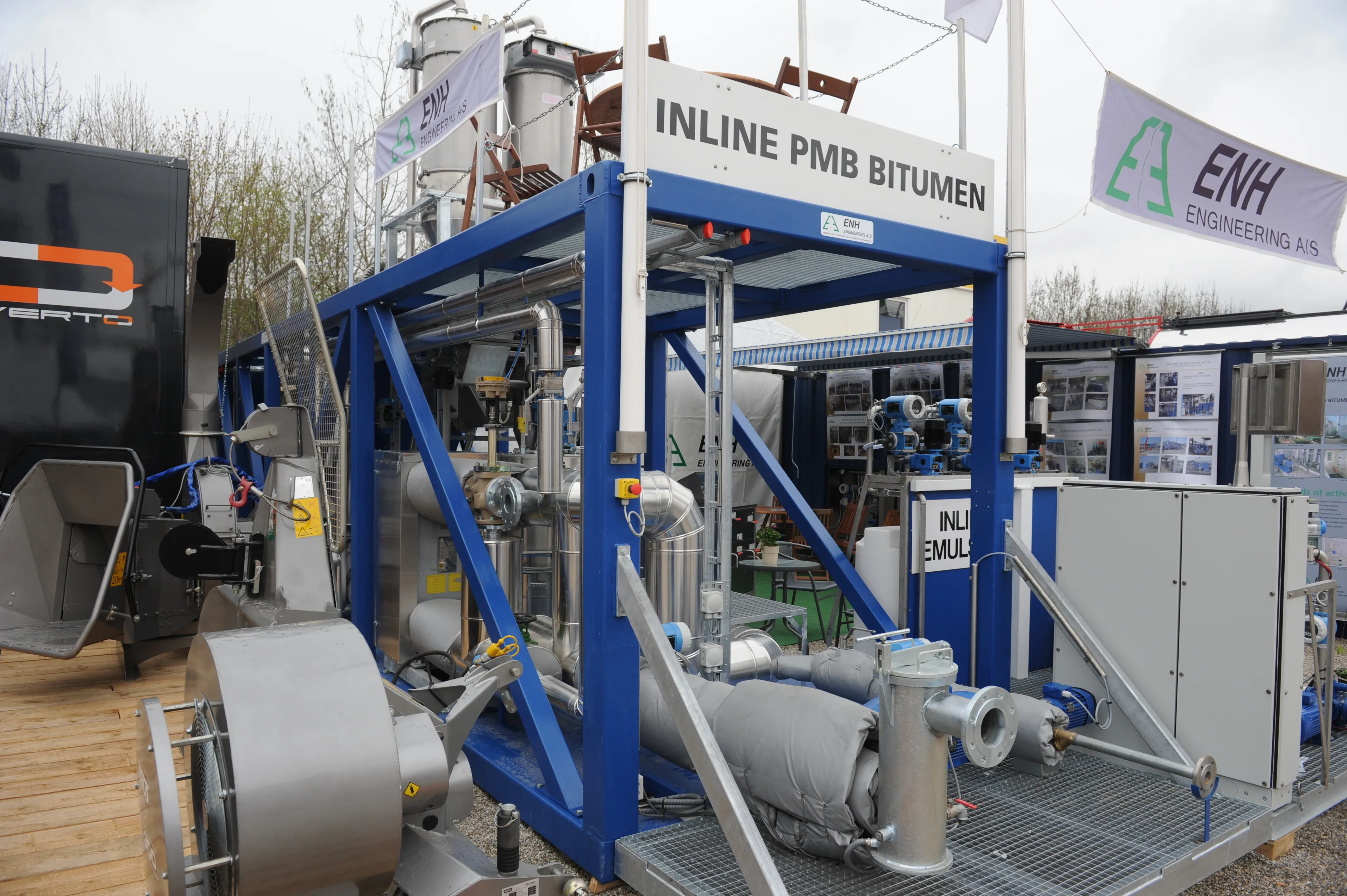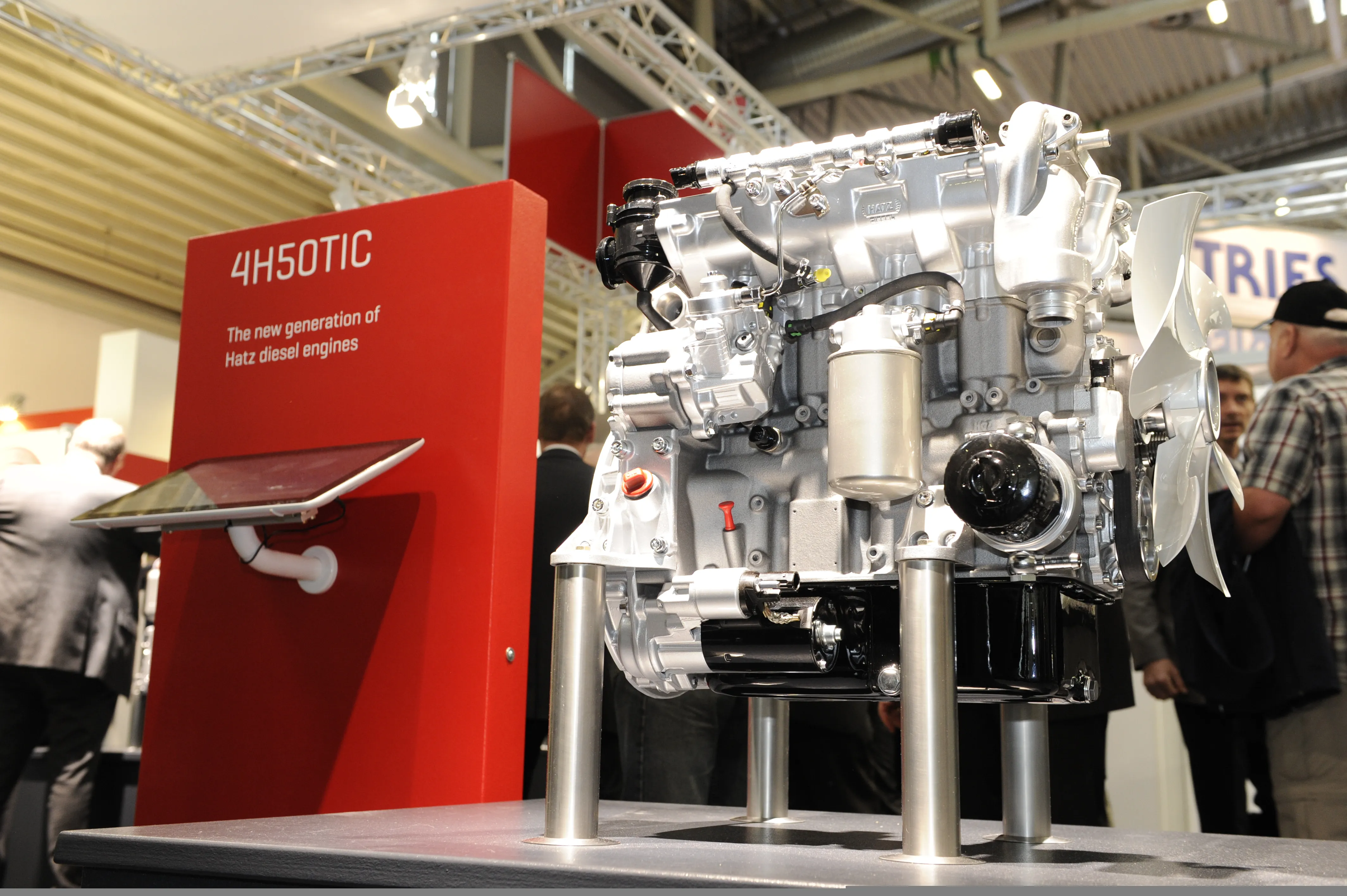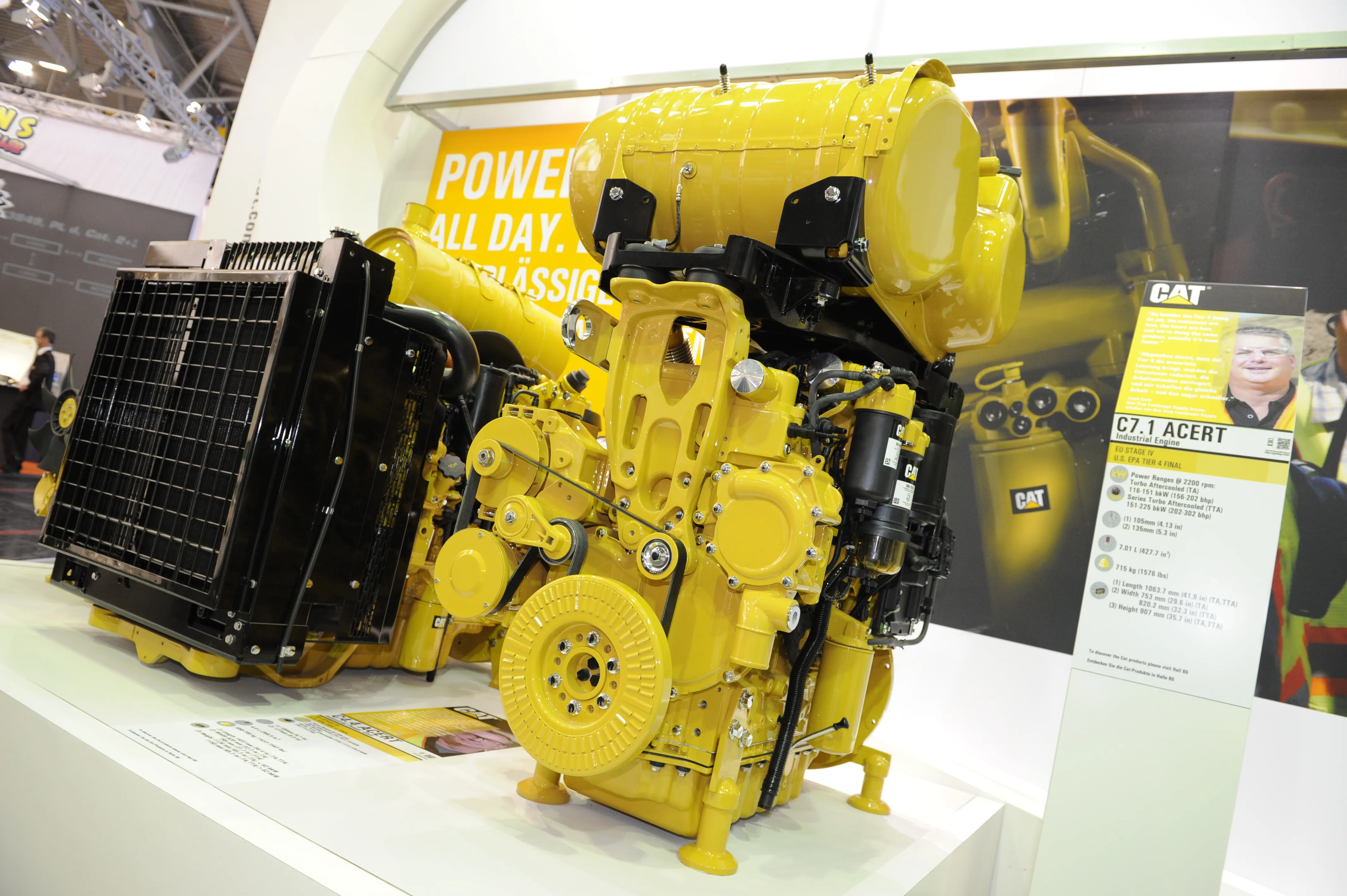The ENH Engineering A/S bitumen emulsion plant is designed to meet with the high standards of modern emulsion technology. The inline system of this plant offers the possibility to produce all types of standard bitumen emulsion. The plant features a semi-automatic production control and has a production capacity of 2-4tonnes per hour. The inline system provides great flexibility in the production phase. The different flows for bitumen water and chemicals are controlled individually and can be changed during
April 19, 2013
Read time: 1 min

The 210 ENH Engineering bitumen emulsion plant is designed to meet with the high standards of modern emulsion technology. The inline system of this plant offers the possibility to produce all types of standard bitumen emulsion.
The plant features a semi-automatic production control and has a production capacity of 2-4tonnes per hour.
The inline system provides great flexibility in the production phase. The different flows for bitumen water and chemicals are controlled individually and can be changed during production without any influence on each other.
A great advantage of the inline system is that there is no need to premix any chemicals or water solutions. All ingredients are added continuously during production and this means that the process can continue practically as long as required without a need to stop.
The plant features a semi-automatic production control and has a production capacity of 2-4tonnes per hour.
The inline system provides great flexibility in the production phase. The different flows for bitumen water and chemicals are controlled individually and can be changed during production without any influence on each other.
A great advantage of the inline system is that there is no need to premix any chemicals or water solutions. All ingredients are added continuously during production and this means that the process can continue practically as long as required without a need to stop.
Stand: F13.1310
View more stories







